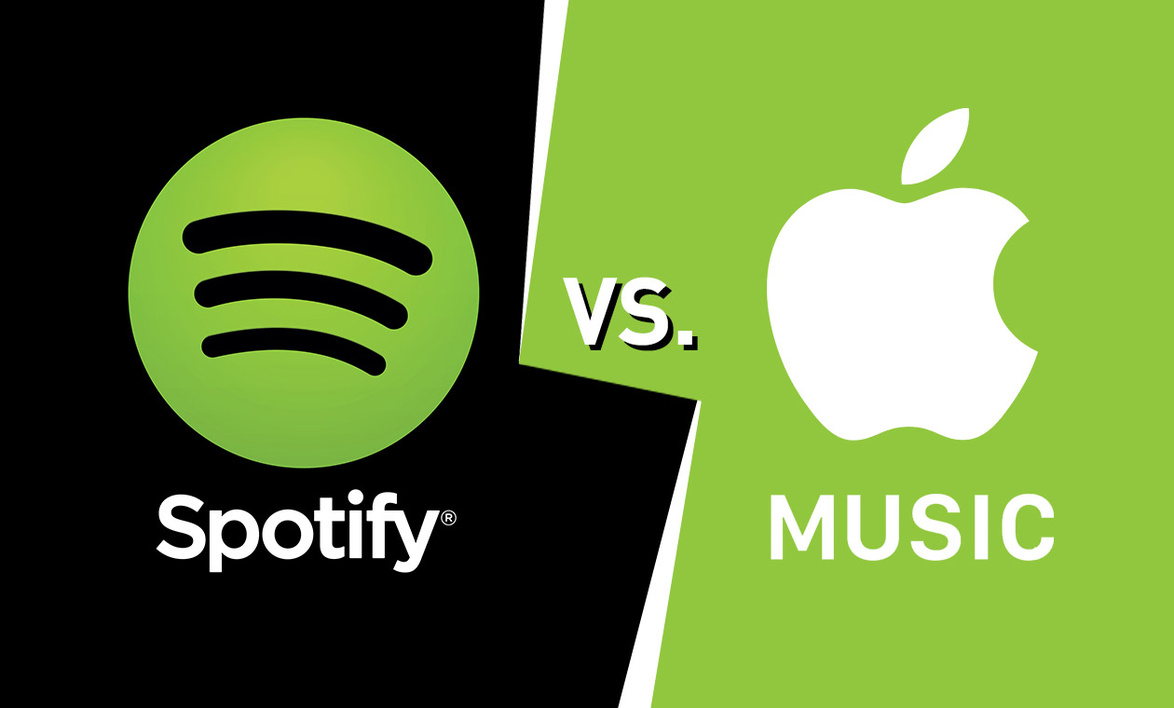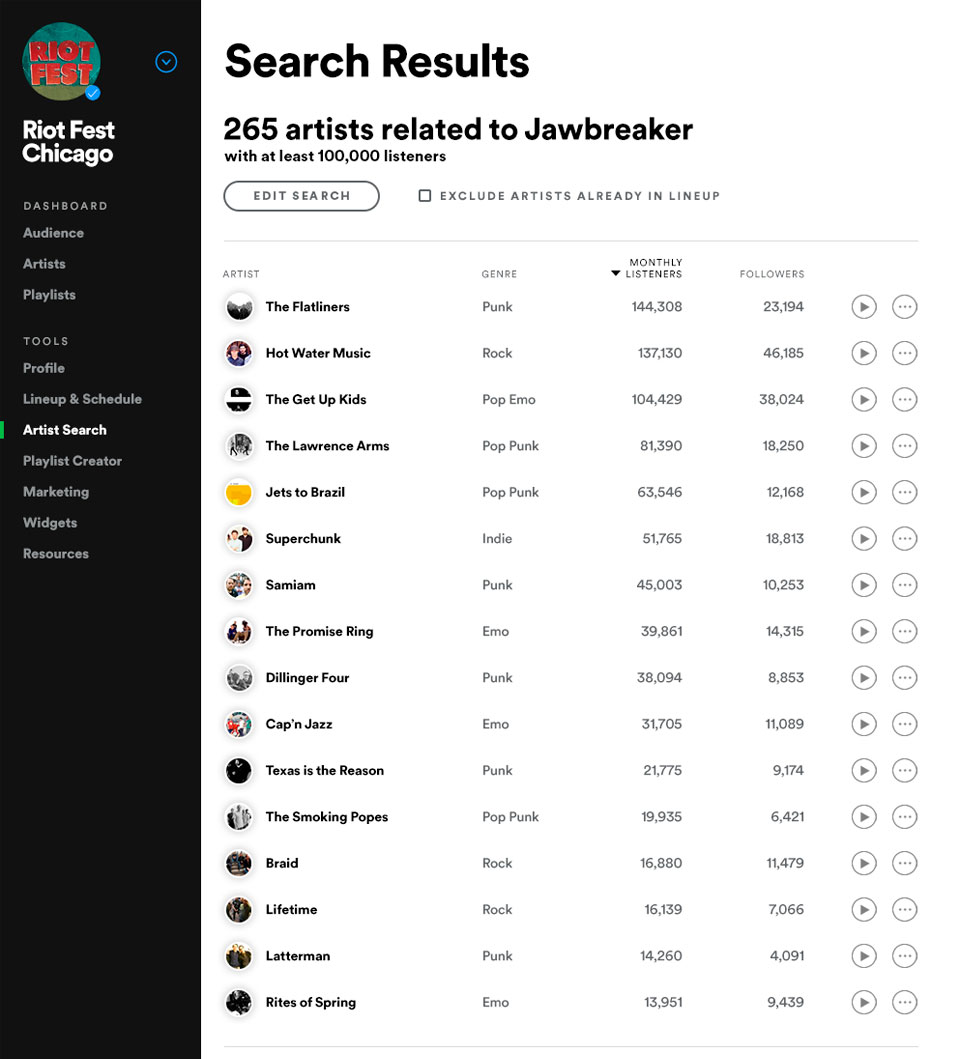
If Escape Room is so popular, though, why doesn’t anyone talk about it? Does anyone even know what it is? Sort of.Īfter some archaeological Internet digging, I found a partial answer in Every Noise at Once, an interactive “scatter-plot of the musical genre-space” developed by Glenn McDonald, a Data Alchemist at Spotify (via The Echo Nest).

In fact, while you and I may have never heard the name, Escape Room is more popular this year than ever before-ranking in the 93rd percentile of all 1,482 genres on Spotify-and can’t be tied down to any particular geographic location, implying a more or less universal appeal.

That being said, who am I to claim singlehandedly what does and doesn’t constitute a genre these days? Boxed-in genre definitions are a thing of the past genre classification is no longer a fixed, top-down affair at the hands of senior A&R, marketing and creative executives, but rather a fluid, bottom-up phenomenon that relies more on crowdsourcing. There’s an Escape Room Music Pack available for purchase from $58 (or for free on SoundCloud-see below), and its composer Jan Baumann gives some good tips on how to optimize music for an escape-room setting, but he doesn’t allude to any wider genre of the same name. The “ Escape room” and “ Escape the room” Wikipedia entries refer to the physical and digital manifestations of the game, and do not mention music or sound. I was further intrigued and confused when I found virtually nothing written about “escape room music” online. I grew up playing tons of lo-fi, point-and-click escape-the-room adventure games online, so the term “escape room” carries a rather specific cultural significance to me that is completely unrelated to music. The first thought that came to mind when I read that email: Escape Room is not a genre. Spotify’s delivery to my inbox yesterday afternoon revealed my top five genres of 2016: Indie R&B, Deep Indie R&B, Indietronica, Indie Rock, and… For instance, one of my top genres in 2015 was “dreamo,” an obscure combination of “dreamy” and “emo” that only came up on my list because I binge-listened to MUTEMATH’s discography (and no other dreamo artist) that year. If you listen to a wide-enough range of music on Spotify, some pretty bizarre genres can emerge in your year-end roundups. For 2016, the streaming service decided to take a slightly more subdued approach, opting for a one-off email campaign and a collection of playlists on the service as opposed to the colorful, standalone websites that we saw in 20.

What makes reliving one’s year in music so appealing and enjoyable? In 2016-and in every other year-it’s all about the weirdness.Įvery December, Spotify publishes a data-driven annual recap of individual and collective listening trends called the Year in Music. Paak (right), your classic Escape Room artist, performing at his NPR Tiny Desk Concert.


 0 kommentar(er)
0 kommentar(er)
